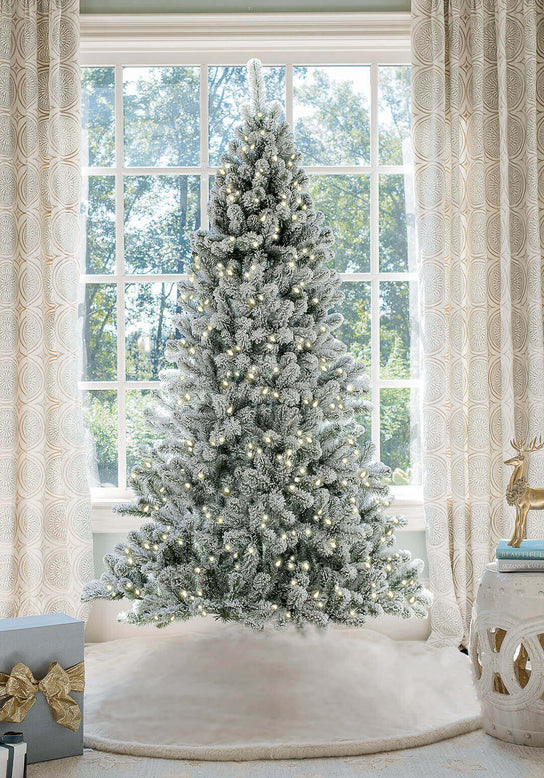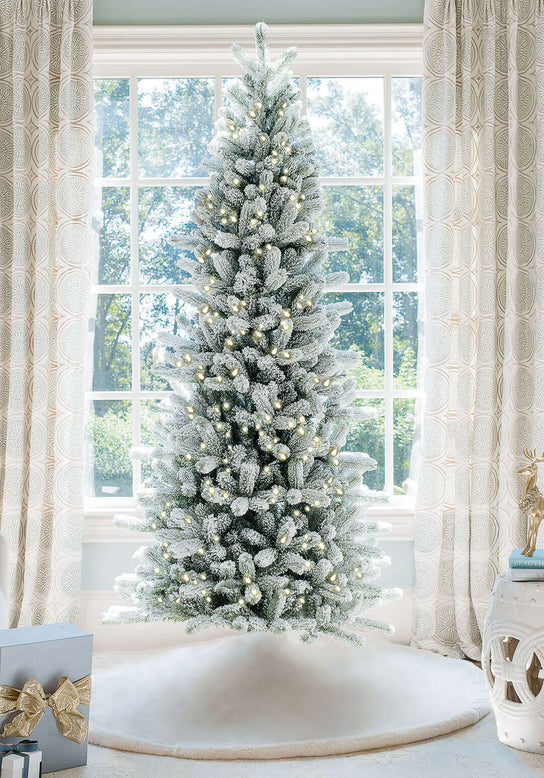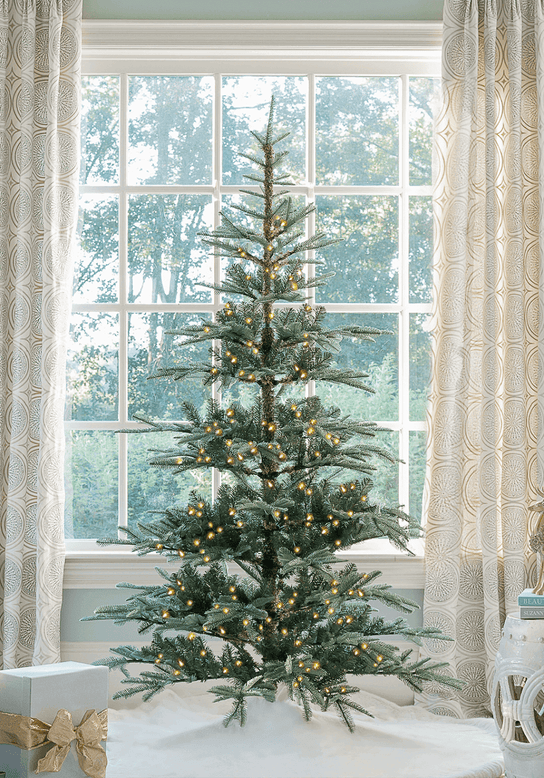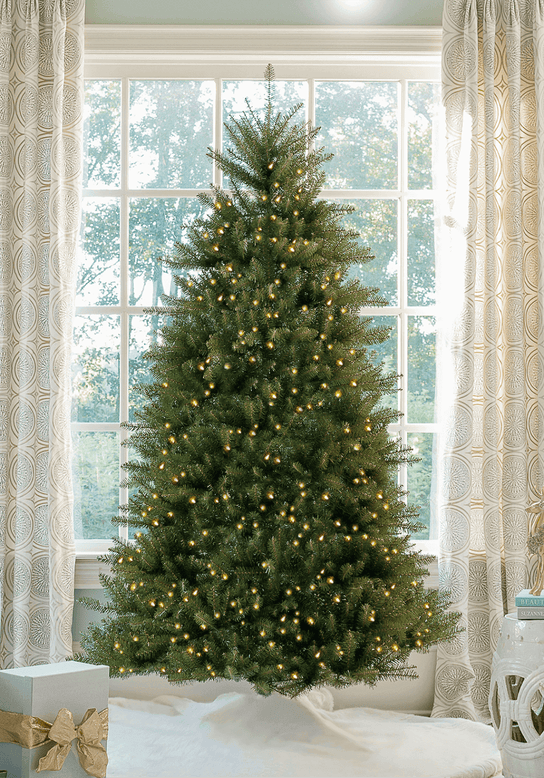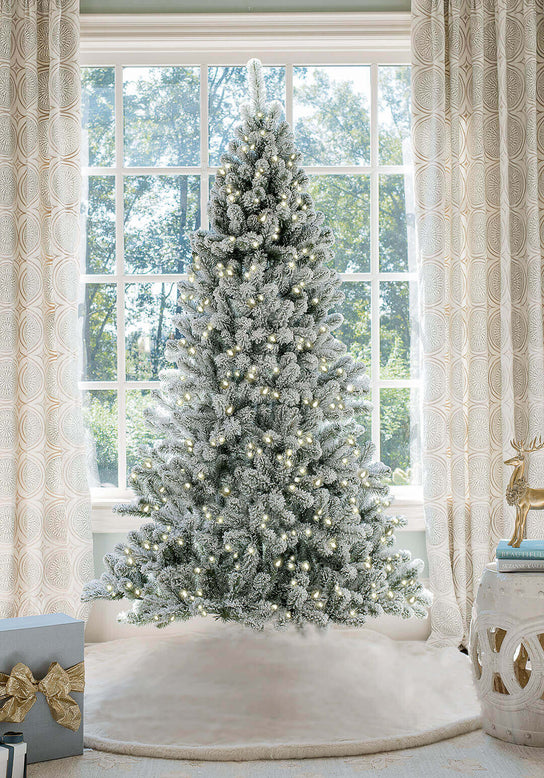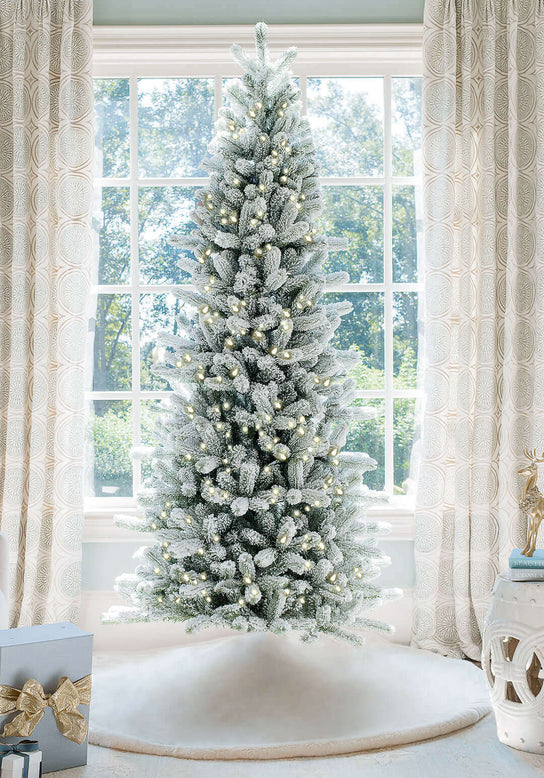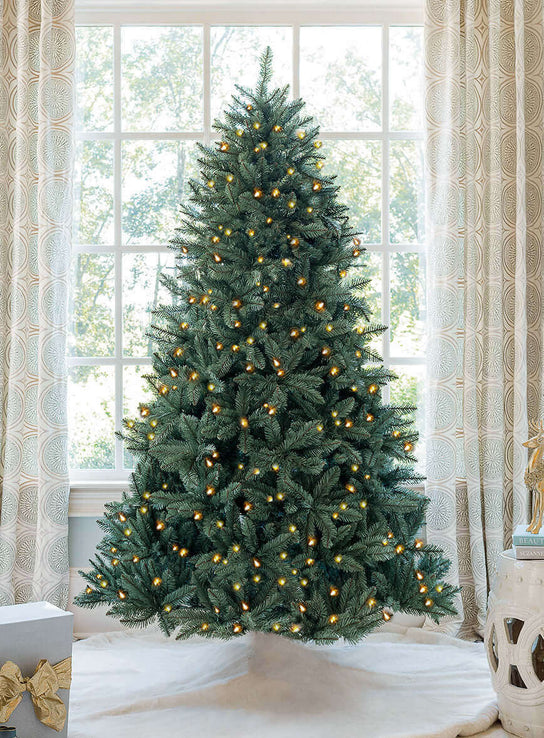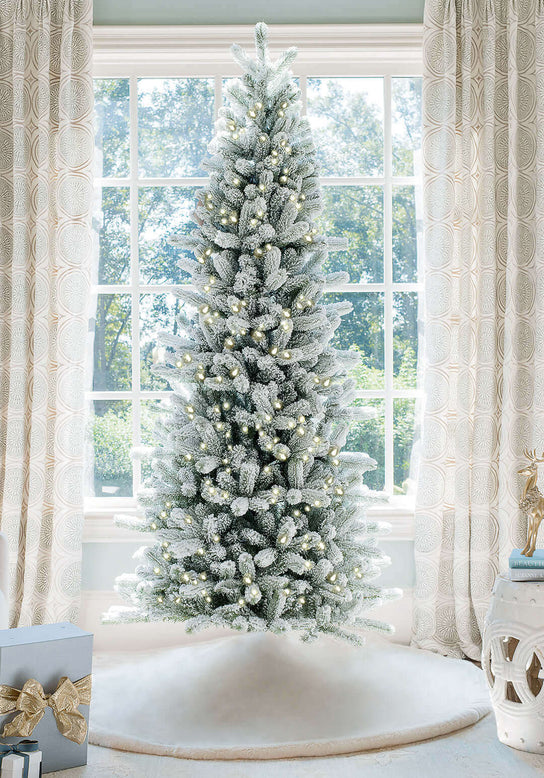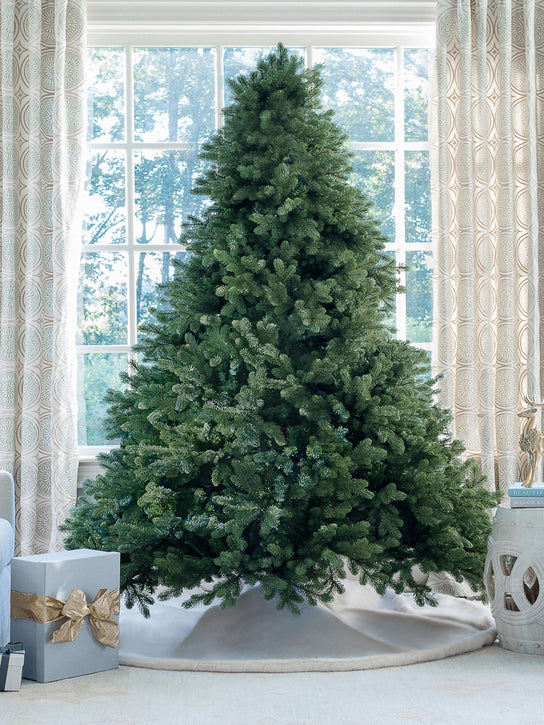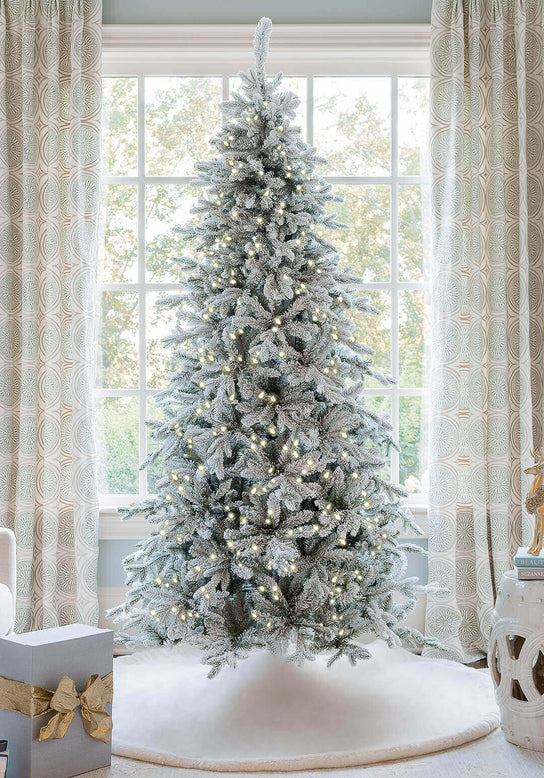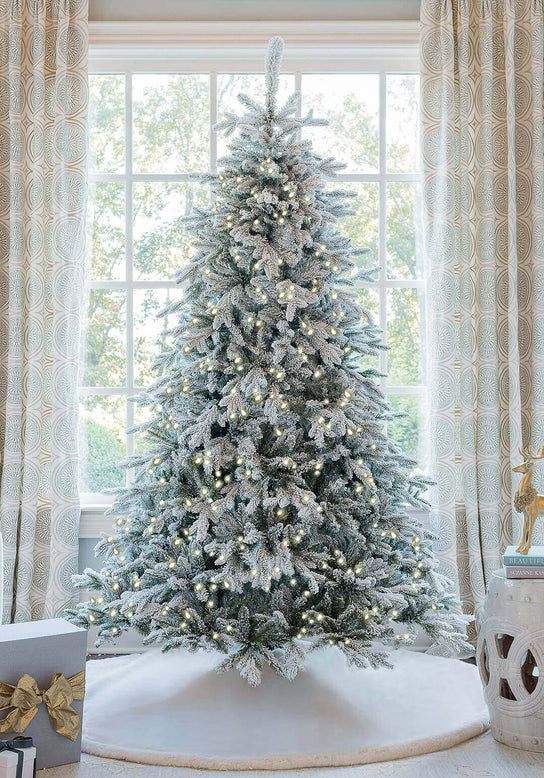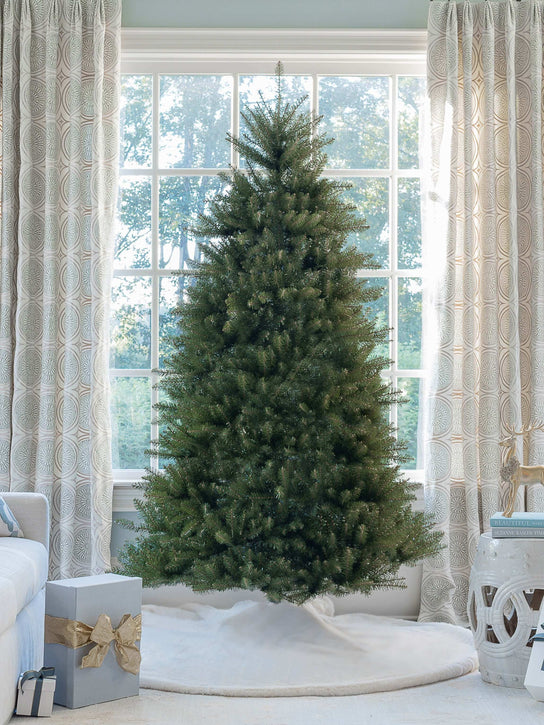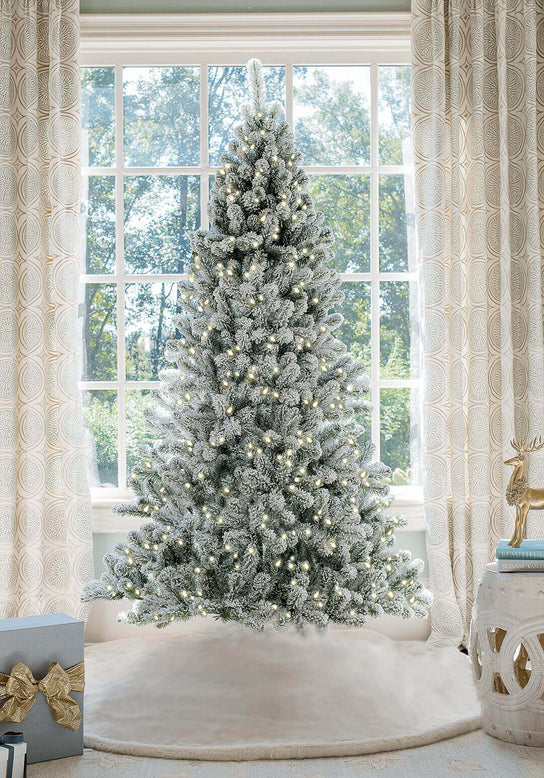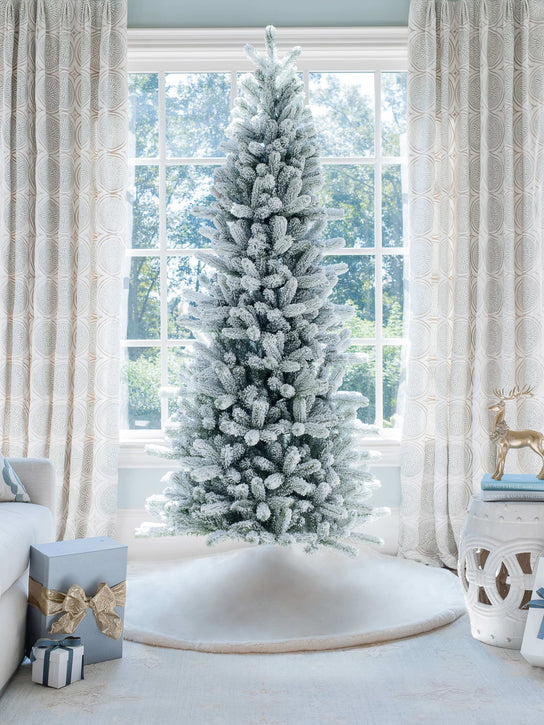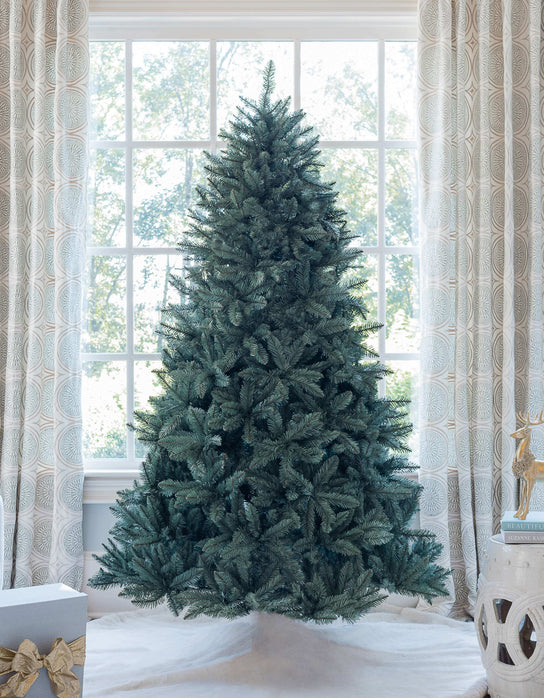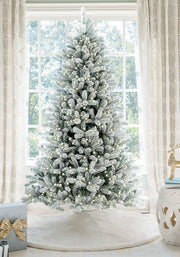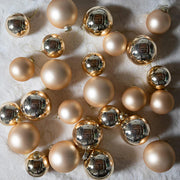
The holiday season is fast approaching, and it's time to decide whether you'll opt for a natural or artificial Christmas tree. While many people prefer the traditional feel of a real tree, there are several compelling reasons to choose an artificial tree this year.
The convenience factor must be addressed. Artificial trees can be set up and taken down quickly without special equipment or expertise. You won't have to deal with any mess associated with real trees, including fallen needles and sap stains. And unlike real trees, artificial trees are flame-resistant and safe for extended periods.
While the initial cost of an artificial tree may be higher than a real tree's, the long-term savings can be significant. Artificial trees can last many years with proper care, whereas real trees must be replaced yearly. Each year can add up to a considerable expense.
Artificial trees also offer a great deal of versatility in terms of size, shape, and color. So whether you want a full and bushy tree or a slimline version to fit in a small apartment, you will indeed find an artificial tree that meets your needs. And with an array of colors and styles to choose from, you'll be able to find the perfect tree to suit your decorating scheme.
Artificial trees are an environmentally friendly choice. Real trees require many resources, such as water, pesticides, and fertilizers. Many are shipped long distances, adding to their carbon footprint. Artificial trees can be reused for many years, reducing landfill waste.

As Christmas approaches, it's time to start thinking about the perfect tree to brighten your home. While many people opt for a real Christmas tree, it's essential to consider the environmental impact of your choice. In this article, we'll take a closer look at the carbon footprint of a real tree and why an artificial tree may be the better choice for you.
Real Christmas trees are a popular choice for holiday decorations, but did you know they have a significant environmental impact? According to a report by the American Christmas Tree Association, nearly 30 million real trees are sold yearly in the United States alone. Unfortunately, this means that millions of trees are being cut down every year for decoration.
One of the main environmental impacts of real Christmas trees is their transportation. Real trees are often transported long distances on trucks, contributing to greenhouse gas emissions. Additionally, trees not grown locally may be treated with pesticides and other chemicals, which can harm the environment.
Another environmental issue with real Christmas trees is their disposal. Many people simply throw their trees away after the holiday season, which results in more waste in landfills. In addition, as the trees decompose, they release methane, a potent greenhouse gas harmful to the environment. Some communities offer recycling programs for Christmas trees, but these are only sometimes available or convenient for everyone.
So, what's the alternative? Artificial Christmas trees offer a more environmentally-friendly option that can also be cost-effective. While many people assume plastic trees are less eco-friendly, they have a significantly lower carbon footprint than real trees. According to a life-cycle assessment by the American Christmas Tree Association, an artificial tree used for at least four years has a lower carbon footprint than a real tree disposed of after just one season.
In addition to being better for the environment, artificial trees offer many other benefits. They are low-maintenance, reusable, and can be customized to fit any decorating style. Plus, they don't shed needles or require watering like real trees.

Are you tired of dealing with the messy aftermath of a real Christmas tree? Investing in an artificial Christmas tree is a perfect solution to avoiding the hassle of cleaning up needles and watering your tree. Here are some reasons why:
- Durability
Real trees may look beautiful when first brought into your home, but after a few weeks, they dry out and lose their needles. This creates a messy situation and can pose a fire hazard. Artificial trees, however, will last for years and maintain their lush appearance.
- Convenience
No need to make a trip to the tree farm or lot every year! An artificial tree can save you time and money for the holiday season. Plus, setting up your tree is a breeze compared to the strenuous effort required with a real tree.
- Customizable
Artificial trees come in various styles, shapes, and sizes, allowing you to find the perfect tree for your space and taste. You can select from traditional green trees to colorful, pre-lit options that eliminate the need for stringing lights. Some trees also come with snow-flocked branches for a winter wonderland touch.
- Eco-Friendly
Real trees require cutting down and transportation, resulting in a carbon footprint. Artificial trees, however, can be reused for many years, making them a more sustainable option for your holiday decor.
If you have low ceilings, consider a slim or narrow-style tree. Choose a tree with more branches and tips if you prefer a fuller look.

The holiday season is just around the corner, and one of the most significant decisions that many families face is choosing between a natural or artificial Christmas tree. While some families swear by the fresh pine scent of a real tree, artificial trees offer many benefits that might make them the perfect choice for your home this year.
One of the most significant factors when making this decision is cost. While the initial price tag of an artificial tree might seem higher than that of a real tree, the long-term investment can save you substantial money over time. A high-quality artificial tree can last 5 to 10 years or even longer, whereas a real tree must be replaced annually. So although the upfront cost is higher, you’ll save money in the long run without purchasing a new tree each year.
But that’s not all— there are other cost-saving benefits to choosing an artificial tree. For starters, you’ll avoid the extra expenses of having a real tree. Real trees require a stand and water to keep them alive throughout the season, which can cost a pretty penny. Additionally, if you’re traveling to a tree farm to pick out your tree, you’ll need to factor in the cost of gas and any other expenses accompanying the trip.
Moreover, an artificial tree eliminates the need for frequent maintenance and cleanup. Real trees shed needles and require daily watering, which can be time-consuming and messy. This not only saves you time, but it also saves you money on cleaning supplies that you might need to tidy up after your tree.
As if that wasn’t enough, artificial trees offer several other advantages over real trees. They’re generally less explosive and a safer option for your home. In addition, they come in various sizes and shapes, so you can find the perfect tree to fit your space without worrying about it being too large or too small.
In conclusion, if you’re looking for an eco-friendly and cost-effective option this holiday season, an artificial Christmas tree might be the perfect choice. With so many benefits, it’s easy to see why more and more families are bringing a fake tree into their homes each year. Happy holidays!


